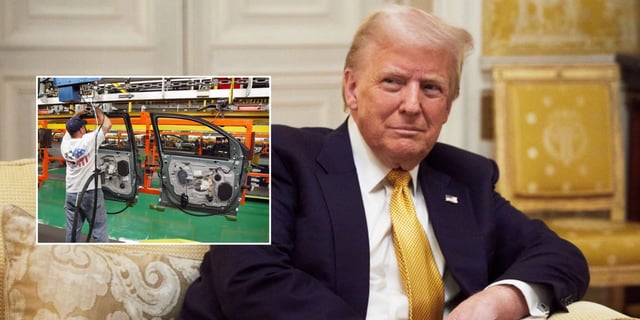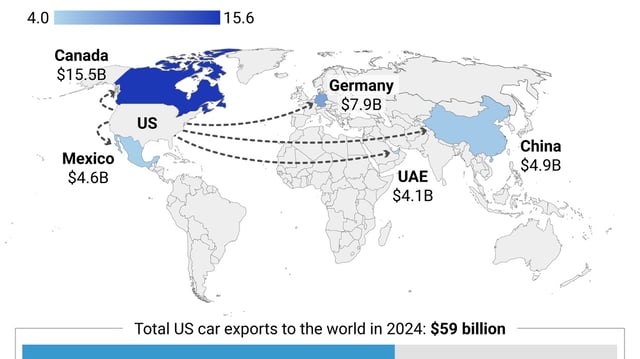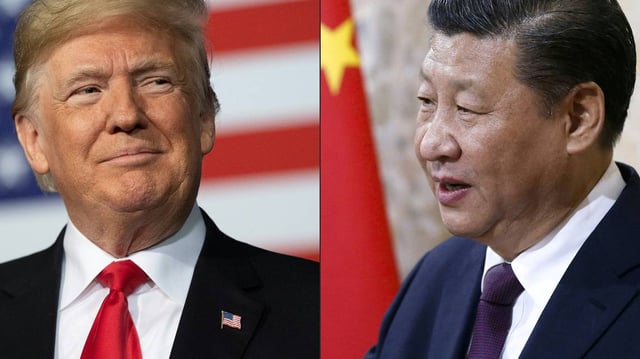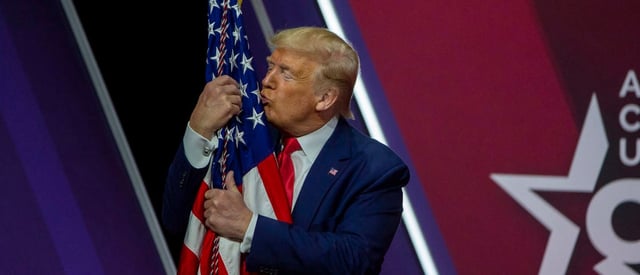Overview
- The 25% tariff on imported auto parts officially went into effect on May 3, following a similar tariff on vehicles introduced in April.
- Automakers assembling vehicles in the U.S. can claim tariff offsets of 3.75% in the first year and 2.5% in the second year to ease the transition.
- General Motors projects up to £3.7 billion in added costs this year, while Ford supports the policy, calling it beneficial for the country.
- Korean suppliers, whose U.S. exports totaled $13.5 billion last year, are exploring local production and supply chain diversification to mitigate the impact.
- Chinese auto parts remain excluded from tariff relief, facing duties of at least 145%, while parts from Canada and Mexico compliant with USMCA are exempt.



